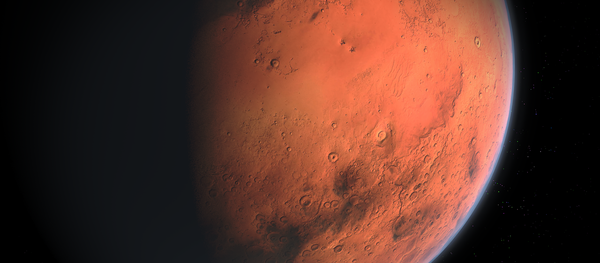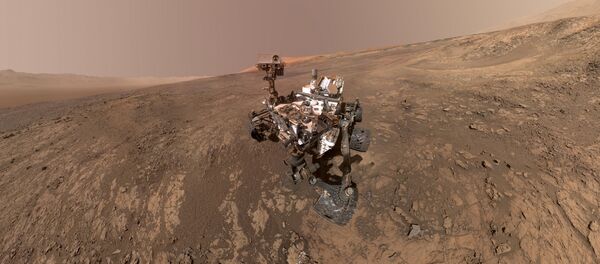Although it generally occurs nearly every two years, this year is unique, as in light of a Martian year being almost twice as long and both planets orbiting more elliptically than circularly, at some point Earth and Mars enter the so-called point of perihelion, making it a perfect sight for star gazers.
In 2003, according to CBC’s Nicole Mortillaro, Mars was roughly 55.8 million kilometers from Earth, which is the closest distance in roughly 60,000 years, and the record will hold all the way to August 28, 2287. At that point in time, Mars is estimated to come as close as 55.6 million kilometers away from Earth.
Dust Storm Woes
Although Mars will never appear as visible as the full moon on the nighttime horizon, it is still expected to attract gazers, despite being heavily affected by a large-scale dust storm, which has recently caused NASA worry quite a bit, as it started enveloping the planet in its entirety on May 30.
The dust storm, notably the second one of that scale since 2007, reportedly prevented NASA’s Opportunity spacecraft from obtaining solar energy from its solar batteries, which it derives its power from. The US space agency has heard nothing from the robotic rover since June 12.
"The storm has gone global and is still raging," said Jim Rice, geology team leader for the Mars Exploration Rover Project at Arizona State University's Mars Space Flight Facility.
"I'm still confident we make it through this," he, nevertheless, added.
It remains unclear if the dust storm will vanish by late July, making the Red Planet a real spectacle for space enthusiasts.
Mars Is No Limit
Here is the exact timing: for those wishing to see the best of Mars, it is crucial to have a telescope close at hand by 9:30 p.m. directed at the southeast on July 27. Even more so as Mars will soon hover just beneath the full moon, which also makes a perfect sight in itself.
READ MORE: Black Hawk on Red Planet: NASA to Deploy Helicopter on Mars (VIDEO)
Separately, not to wait too long, one can currently spot Venus in the west just before sunset, and for the next few weeks, you‘ll also be able to enjoy the sight of Jupiter, our solar system’s giant, in the south and gas planet Saturn is currently making itself seen in the southeast, just moments after sunset.





